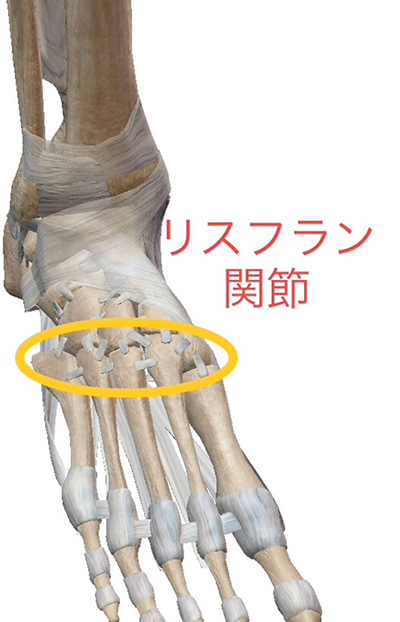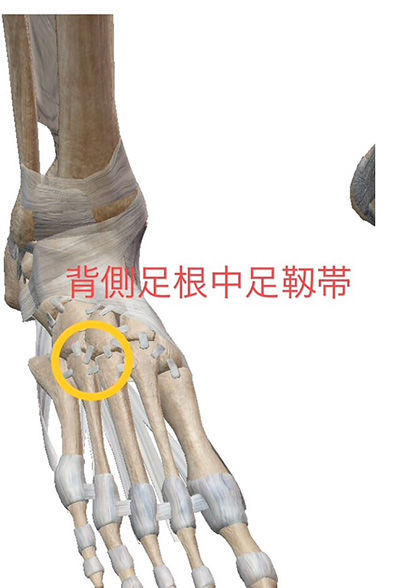pain treatment due to TP of ligaments around lisfranc joint
【male, 20s】
【male, 20s】



【male, 20s】
【male, 20s】
he is a soccer player. 2 weeks ago, he was stepped on his right ankle joint by a spike during practice. strong pain and swelling appeared immediately afterwards. he felt pain around the back of his right foot and toe. the instep part of the foot hurts strongly when he puts weight on it while walking.
he went home and took care of the icing by himself.
the next day, he went to an orthopedic surgeon for an x-ray examination. the doctor said, "there is no fracture, so you should rest..." and prescribed poultices and chinese herbal medicine.
however, the pain and swelling did not improve, so he came to our clinic. since it was the middle of the soccer game season, he wanted to improve his condition as soon as possible and return to work.

on visual observation, there was obvious swelling from the back of the right foot to the toe compared to the left foot on the healthy side. (the tendons on the dorsum of the foot were swollen to the extent that they could not be seen.)
palpation revealed marked tenderness in the lisfranc joint and dorsal tarsal metatarsal ligament (3rd and 4th toe joint surfaces).

based on the above, i judged that the patient had a "sprain of the lisfranc joint of the right foot" and performed the treatment.
the lisfranc joint is in the center of the instep and has an arch structure connecting the metatarsal bone (finger bone), cuboid bone, and cuneiform bone (instep bone).
the name may sound unfamiliar, but the lisfranc joint plays a role as a cushion to soften the impact when the weight of the foot is applied to the foot, such as when landing.
the treatment area focused on the 3rd and 4th toe joint surfaces and the dorsal tarsal metatarsal ligament. In this kind of condition, acupuncture is applied directly to the injured area → TP is formed even in bruises and sprains and induces pain.
the dorsalis pedis interosseous muscle was also treated to create a pathway for blood flow and improve swelling of the dorsum of the foot.

other muscles involved in the movement of the ankle joint were also approached. (tibialis anterior, tibialis posterior, peroneus shortus, peroneus longus)
1st treatment → decrease in swelling. the tendon on the dorsum of the foot became visible. still painful when weight is applied.
pain scale 10→6
2nd treatment → swelling decreased further. pain when walking was relieved.
pain scale 6→3
3rd treatment → swelling almost disappeared. pain also eased considerably.
pain scale 3→2, 1
4th treatment → swelling and pain both improved. he was able to return to practice with light activities such as jogging and lifting.
